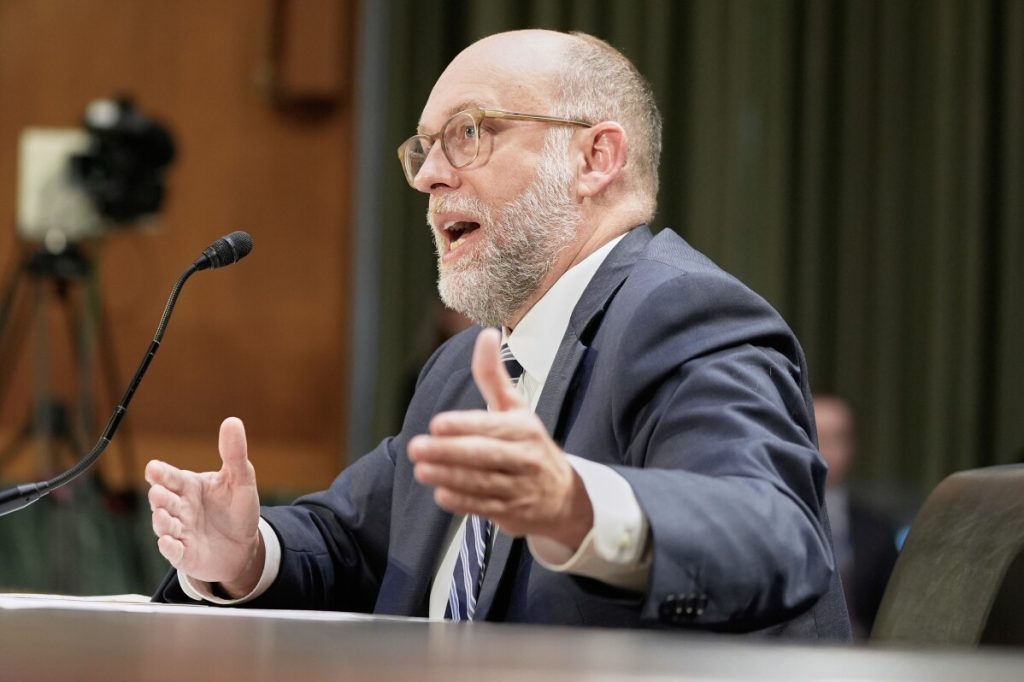Trump’s NATO Summit: A Reality Check on U.S. Leverage and European Burden-Sharing
At the NATO summit in the Netherlands, President Trump forced a historic commitment from Europe to boost defense spending—but beneath the surface, serious questions remain about burden-sharing, long-term commitments, and America’s leadership role.

The recent NATO summit in The Hague has been hailed by some as “transformational,” largely due to President Donald Trump’s relentless push for European allies to increase their defense budgets. Yet a critical examination reveals that while there is progress, much of this newfound enthusiasm masks underlying tensions about who ultimately shoulders the security burden.
For years, conservatives have warned that many NATO members relied too heavily on American sacrifice while failing to do their part. Trump brought this issue to the forefront with plainspoken demands: Europe must pay its fair share or risk losing U.S. support.
New Spending Benchmarks—Are They Realistic?
The summit’s headline achievement was endorsing a nonbinding pledge for NATO members to ramp up defense spending from 2% to an ambitious 3.5% of GDP by 2035. While appearing bold, this goal raises practical questions. Many European economies are struggling with inflation and sluggish growth; countries like Belgium, France, Italy—and notably Spain outright rejected the deal—face significant hurdles meeting these targets.
Moreover, the new accounting rules allowing nations to include weapons sent to Ukraine and infrastructure upgrades in their calculations may ease the burden on paper but don’t translate directly into enhanced military readiness. This creative bookkeeping risks obscuring how much actual new money will be invested in true defense capabilities.
Trump Reasserts American Leadership—and Sets Conditions
The summit underlined America’s central role in NATO’s future with renewed commitments to Article 5—collective defense. However, President Trump didn’t shy away from reminding allies that without increased European funding, U.S. engagement could wane. This is a needed wake-up call after years of complacency where some European leaders treated American military backing as guaranteed regardless of their own contributions.
Trump’s blunt messaging exposed decades of free-riding and rebalanced expectations: The United States remains committed but insists on reciprocal effort rather than unconditional support.
The Ukraine Factor—and Western Resolve
Unlike previous summits heavily focused on Ukraine’s path toward NATO membership—a prospect still contentious—the latest meeting reframed priorities toward solidifying ongoing aid and recognizing Russia as the primary threat. By dropping subtle membership prospects language, NATO demonstrated pragmatism in avoiding further escalation while reaffirming solidarity with Kyiv.
This cautious approach reflects both strategic restraint and acknowledgment that an expanding alliance cannot mean unchecked commitments without capable partners sharing the cost.
A Candid Moment Amid Diplomatic Polishing
NATO Secretary-General Mark Rutte’s not-so-subtle praise for Trump illustrates who really drives alliance policy in Washington’s favor today: the United States calls the shots—and Europeans are being told to fall in line financially if they want continued protection.
After initially viewing the summit as just another diplomatic chore, President Trump left convinced of his political win: convincing allies to visibly commit more funds while asserting American primacy within NATO—a rare moment where America-first principles shaped international security policy effectively.
Conclusion
This summit underscores a vital reality conservatives have emphasized for years: America should lead robustly but demand fair cost-sharing from allies who benefit tremendously from U.S.-led security guarantees. While Europe must do more financially and strategically, ultimately it is America’s strength and resolve that safeguard Western civilization against persistent threats like Putin’s Russia.
